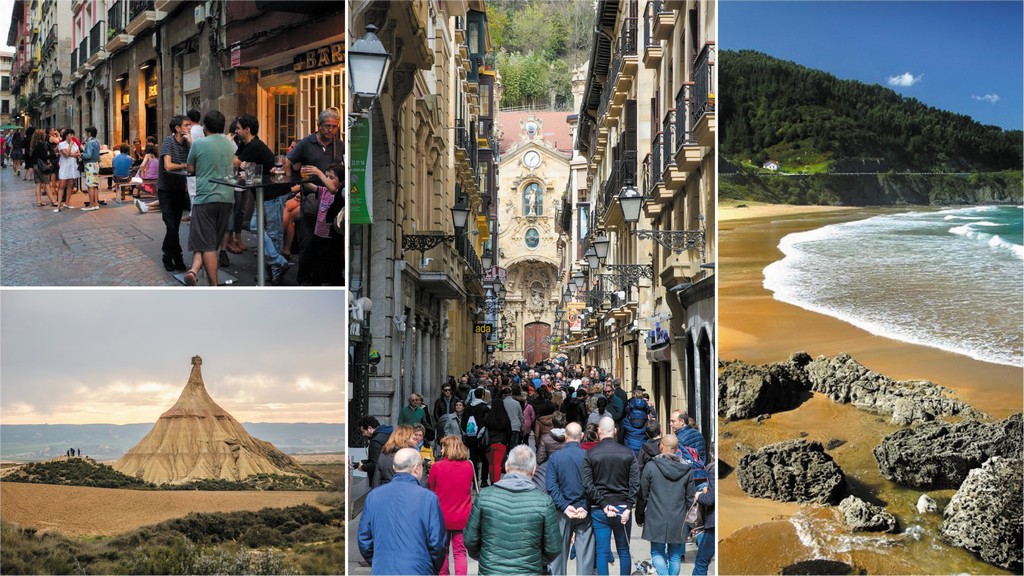This article was translated by John R. Bopp
Atlantica Editions is a publisher out of Biarritz which, though it looks at all of Aquitaine, pays special attention to the part of our country north of the Pyrenees. It has a really attractive collection of books. For example, while creating this entry, we’ve discovered, thanks to one of their books, two Basque architects, Benjamin and Louis Gomez, who were able to wonderfully unite Basque style and art deco in the inter-war period.
This border, which is not ours and which, despite what Orson Welles stated at the beginning of his wonderful documentary The Land of the Basques, has, over the centuries, has deeply separated the Basques on either side. Serving different kings, and then different states, has set the Basques on either side against each other many times. Plus, there has been an immense effort on the part of both state to eliminate the feeling of being Basque, in order to feel Spanish or French.
Despite that, the things that bring us together and many and powerful. As Maurice Ravel, the Basque composer, explained it in 1920, after the First World War created a real “national feeling” among the French that hadn’t existed before that confrontation:
“A compatriot of mine, because you need to know that we Basques have to homelands, Father Donostia, came to visit me to show me his works and ask for my advice…”
We’re bringing all this up because this publisher has just released a guide to the Lower Basque Country; undoubtedly aimed at a French-speaking market, but also at the Basques of the North.
One thing we noticed during the presentation: when they speak about Basques on both sides of that “border of others’”.
Dans l’esprit des gens d’ici (les euskaldun, ceux qui parlent basque), il n’y a toutefois qu’un Pays basque, Euskal herria, celui des sept provinces (« zazpiak bat », les sept [font] un) : Labourd, Basse-Navarre et Soule, côté français, s’ajoutant aux quatre précitées.
In the spirit of the people from here (the euskaldunak, those who speak Basque), there is nothing more than the Basque Country, Euskal Herria, and its seven provinces (zazpiak bat, of seven, one): Labourd, Lower Navarre, and Soule on the French side, joined by the four aforementioned (Gipuzkoa, Biscay, Alava, and Navarre).
No foreign media have spoken about this guide by Christophe Berliocchi (written, edited, and published in the Basque Country, as the proudly state on the cover). But we couldn’t help talking about it: anything to rebuild the bridges that centuries of division have broken must be cheered on and supported. Or so we think. And that’s why we’re telling our readers that this guidebook is real.
By the way, it’s priced quite attractively: only €13!
Atlantica Editorial – 8/2017 – Euskadi
Pays basque sud : passez la frontière !


Allons de l’autre côté ! Passons la frontière ! Franchissons le pont d’Hendaye, qui enjambe la Bidassoa, pour partir à la découverte d’un « autre » Pays basque, un univers différent, où tout est plus grand et plus imposant que de ce côté-ci (de la frontière) !
(Continue) (Automatic Translation)
Last Updated on Dec 20, 2020 by About Basque Country





























